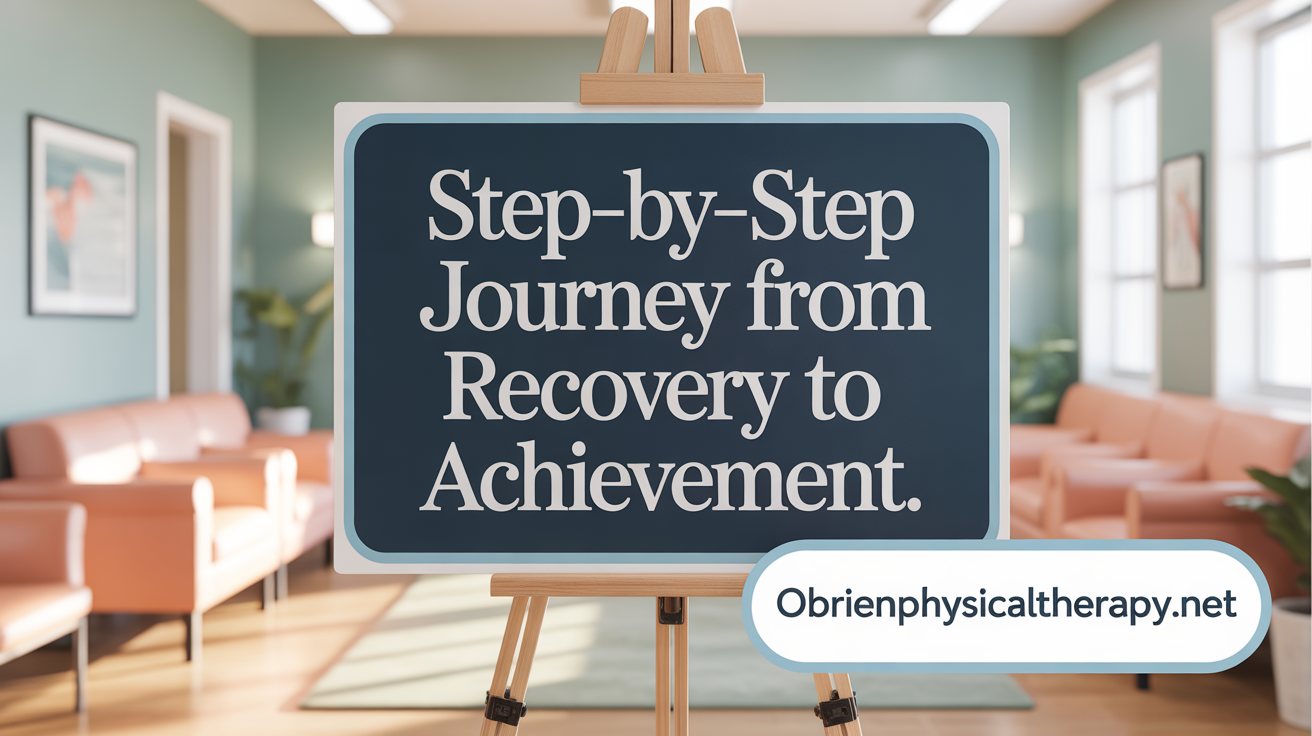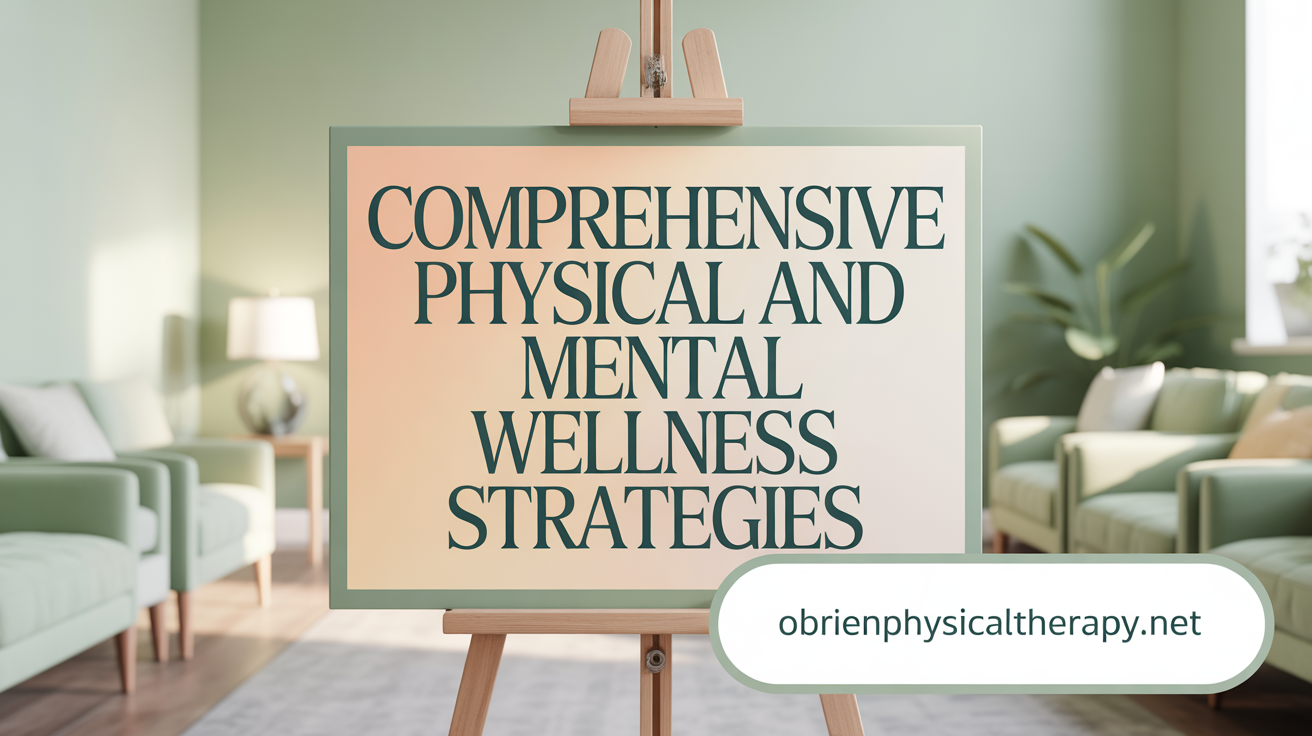Understanding the Journey Back to Sport
Returning to sports following an injury is a complex process that requires more than just physical healing. It involves a careful balance of rehabilitation, psychological readiness, professional guidance, and vigilant monitoring to ensure a safe and sustained return. This article explores the multifaceted approach athletes must take to successfully and safely resume athletic activities post-injury.
The Recovery Process: From Injury to Athletic Readiness

What are the common stages and processes involved in sports injury recovery and safe resumption of athletic activities?
Recovery from sports injuries is a structured process that typically involves several distinct phases, each focusing on different aspects of healing and functional restoration. The journey begins with the initial management phase, where acute symptoms such as pain, swelling, and inflammation are addressed through rest, icing, compression, and elevation. Sometimes, surgery is necessary, especially if the injury involves structural damage like torn ligaments or fractured bones.
Once physiological healing has occurred—which can take from three to nine months depending on the injury—the focus shifts to rehabilitation and conditioning. This stage aims to restore joint motion, improve flexibility, rebuild muscular strength, and regain endurance. Physiotherapists often guide athletes through tailored exercises that incorporate strength training, mobility drills, and proprioception to improve neuromuscular control.
Progressing through recovery involves carefully staged steps, usually monitored by healthcare experts, ensuring safe return to sport-specific activities. These stages include gradually reintroducing controlled movements, advancing to sport-specific drills, and eventually achieving full training intensity. At each step, the athlete's pain levels, range of motion, and strength are evaluated to prevent setbacks.
Psychological readiness is also vital. Building confidence and managing fear of re-injury are addressed through mental resilience techniques and positive reinforcement.
According to frameworks like the StaRRT model, clinicians assess tissue health and stress levels to decide when an athlete is ready to progress. The entire process culminates in a cautious return to full competition, ideally only after medical clearance confirms that the athlete can perform all movements without pain or instability.
In conclusion, a multidisciplinary, individualized, and evidence-based approach—integrating physical and psychological assessments—is essential for a safe, effective recovery and return to sports.
Criteria and Evaluation for Safe Return to Play

What are the general criteria for safely returning to play sports after an injury?
The process of returning an athlete to sports involves a careful evaluation of both physical and functional aspects to prevent re-injury. First, the injured area must demonstrate full, pain-free movement with restored range of motion, and there should be symmetry in joint mobility compared to the uninjured side. For instance, strength testing should confirm that the affected muscles have regained their pre-injury levels and are symmetric with the unaffected muscles.
Assessments also include functional testing, which involves balance exercises, sport-specific drills, and graded progression activities such as jogging, running, and jumping. These activities should be performed without any pain or discomfort. The athlete progresses through these stages only when they can complete each without symptoms, indicating readiness for higher demands.
Before clearance, practitioners evaluate whether the athlete can perform essential sports movements with biomechanical stability and confidence. It is vital to consider the athlete’s subjective readiness and to ensure that all assessments show consistent, positive results.
Overall, decision-making relies on a comprehensive review of symptom resolution, physical capabilities, and sport-specific performance. This multi-faceted approach helps safeguard against early return, which could increase the risk of re-injury or poor performance.
Physical and Mental Preparations for a Successful Return

What are key preparations before returning to sport, including physical and mental readiness?
Before athletes resume sporting activities after an injury, thorough preparation is crucial. Physically, this begins with a comprehensive assessment of the injury’s healing progress. Healthcare professionals, such as physical therapists and orthopedic specialists, evaluate parameters like pain levels, swelling, range of motion, muscle strength, and functional capacity.
Rebuilding strength, restoring joint mobility, and regaining endurance are essential components of physical preparation. During rehabilitation, gradual progression is emphasized—starting with low-impact activities such as swimming or cycling, and slowly increasing intensity, duration, and complexity of exercises. This approach minimizes the risk of reinjury and ensures the body is adequately prepared for sport demands.
Mentally, athletes should focus on psychological resilience techniques. Visualization, where athletes imagine successful performance, can boost confidence and reduce anxiety. Setting realistic goals and engaging in relaxation or mindfulness techniques help manage stress associated with returning from injury.
Support from coaches, trainers, teammates, and family provides social motivation and emotional reassurance. Incorporating sport-specific drills helps athletes regain confidence in their skills and movements. Addressing mental barriers, such as fear of re-injury, is vital for a confident return.
A combined approach of physical readiness and mental resilience ensures a safe, effective, and positive transition back into competitive sport. This comprehensive strategy promotes not only healing but also the mental strength and motivation necessary for optimal performance.
What are the psychological considerations when returning to sports after injury?
Psychological factors play a significant role in an athlete's return to sport after injury. Managing fears related to reinjury is a common concern that can hinder performance and confidence. Athletes often experience anxiety, frustration, or lack of motivation, especially if they face doubts about their physical capability.
Building confidence involves mental training techniques such as imagery, where athletes visualize successful execution of sport skills; goal setting, to create achievable objectives; and stress management practices, like deep breathing or mindfulness exercises, which reduce performance anxiety.
Support systems are vital; encouragement from coaches, teammates, family, and mental health professionals fosters positive emotional responses. Open communication about fears and setbacks helps address emotional barriers and promotes resilience.
It is also important to acknowledge that emotional responses are normal and part of the recovery process. Addressing mental health issues proactively and incorporating psychological support into the rehabilitation plan can improve overall well-being and facilitate a smoother return.
A holistic approach that considers both the physical recovery and mental preparedness enhances the likelihood of a successful, confident re-entry into sport, reducing the risk of setbacks and long-term psychological impact.
Avoiding Pitfalls: Common Mistakes and Injury Prevention Strategies

What are some common mistakes athletes should avoid during recovery and reintegration into sports?
Athletes often make several errors that can impede their recovery and increase the risk of reinjury. A primary mistake is rushing back into full activity before the injury has fully healed, which may cause setbacks or chronic issues. Neglecting the importance of physical therapy, or skipping it altogether, can also hinder proper recovery.
Ignoring persistent pain, swelling, or stiffness is another common mistake, as it often signals incomplete healing. Returning to sport using poor technique or too high an intensity without gradual progression also raises injury risks.
Mental health factors, such as anxiety or fear of reinjury, can lead athletes to push too hard too soon. Additionally, neglecting proper nutrition, hydration, sleep, and overall wellness can slow healing.
Following individualized recovery protocols, respecting recommended timelines, and gradually reintroducing activity help prevent setbacks. It’s crucial to prioritize safety, monitor progress with healthcare professionals, and listen to the body's signals. Patience and careful planning are vital for maintaining long-term health and optimal performance.
What injury prevention strategies should athletes adopt during and after their return to sport?
Preventative measures should be integrated consistently during all stages of an athlete’s activity. Proper warm-up routines increase blood flow and prepare muscles and joints for exertion, reducing injury risk. Cool-down exercises help restore flexibility and prevent stiffness.
Incorporating neuromotor training, which includes balance, strength, and agility drills, enhances stability and movement efficiency. Sport-specific techniques should be optimized with professional guidance to ensure biomechanical safety.
Regular strength, flexibility, and conditioning programs strengthen vulnerable areas, decreasing overuse injuries. Protective gear, such as pads or braces, should be properly fitted and used as recommended.
Awareness of environmental factors, like uneven surfaces or weather conditions, along with early recognition of musculoskeletal discomfort, allows for prompt adjustments.
Ongoing training focused on correct movement patterns, combined with education about symptom management, promotes resilience. Systematic monitoring and incremental load increases foster safe participation, especially in high-risk sports.
By adopting these preventative strategies, athletes can significantly reduce injury risks during both active play and the return-to-sport phase, supporting long-term participation and health.
Expert Advice and Tailored Protocols for Return-to-Sport Success

What professional guidance or expert advice exists for safe return-to-play protocols?
Ensuring a safe return to sport after injury requires guidance from healthcare and sports medicine professionals who emphasize a personalized, evidence-based approach. Experts recommend developing a comprehensive plan that considers the athlete’s unique injury, recovery progress, and sport-specific demands.
Central to this guidance is the implementation of a structured, stepwise progression model. These models, such as the widely used 6-Step Return to Play Progression based on the International Concussion in Sport Guidelines, involve gradually increasing activity levels—from initial rest to full competition—only as the athlete remains symptom-free. Each stage typically lasts at least 24 hours, and progression to the next step occurs only if no new symptoms arise.
Continuous monitoring through regular evaluations of physical and cognitive function helps detect any signs of setbacks. A multidisciplinary team—including physicians, physiotherapists, psychologists, athletic trainers, and sometimes educators—is essential for crafting individualized recovery and return-to-sport plans.
This team approach ensures that physical healing, mental health, and cognitive readiness are all addressed. Use of decision-making models like the StaRRT framework supports clinicians in objectively assessing tissue health and limiting stress levels during recovery.
Adhering to local medical guidelines and regulations enhances safety, while holistic assessment methods help prevent reinjury or long-term complications. Overall, expert advice underscores the importance of patience, gradual reintroduction of activity, and dedicated supervision to facilitate a confident and safe return to sport.
Embracing a Safe and Holistic Return to Sport
Successfully returning to sports after an injury demands a well-rounded approach that encompasses thorough physical rehabilitation, psychological support, and expert guidance. Athletes should prioritize gradual progression, listen attentively to their bodies, and engage with a multidisciplinary team for assessments and tailored recovery plans. Incorporating injury prevention strategies and addressing mental readiness ensures not only a safe return to play but also long-term athletic performance and wellbeing. By respecting the healing process and embracing both physical and emotional aspects of recovery, athletes can confidently make their comeback and continue enjoying their sports pursuits safely.
References
- Returning to a Sport After Injury? Here's What to Know - HSS
- Return to Play in Sports - Physiopedia
- Returning to Sports | HEADS UP - CDC
- What to know about returning to play after athletic injury - Penn State
- Staying Active While Recovering From A Sports Injury
- Back in the Game: Recovering from Sports Injuries - Travis Clegg, M.D.
- Returning to Sports after Injury: How to Overcome Your Fear - HSS
